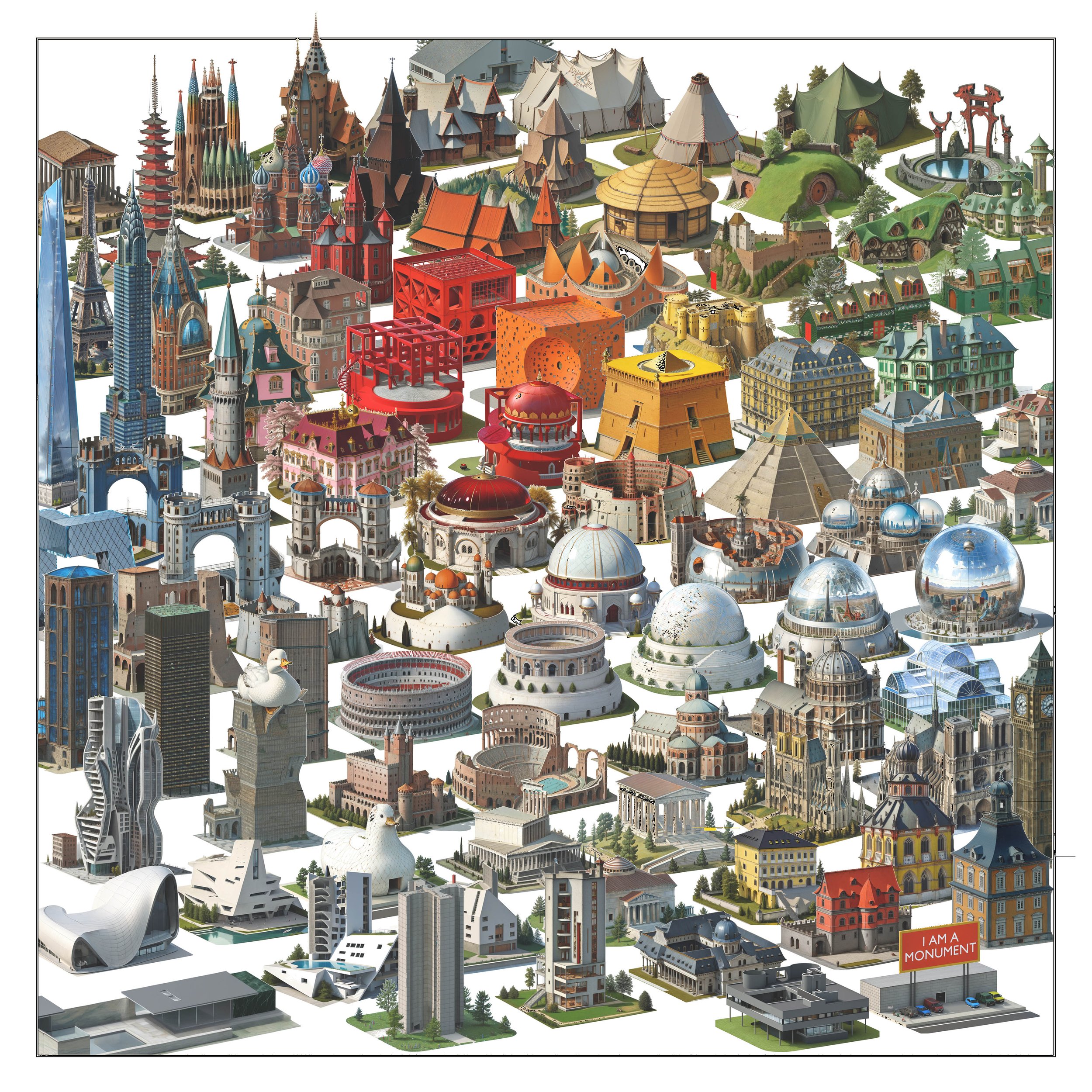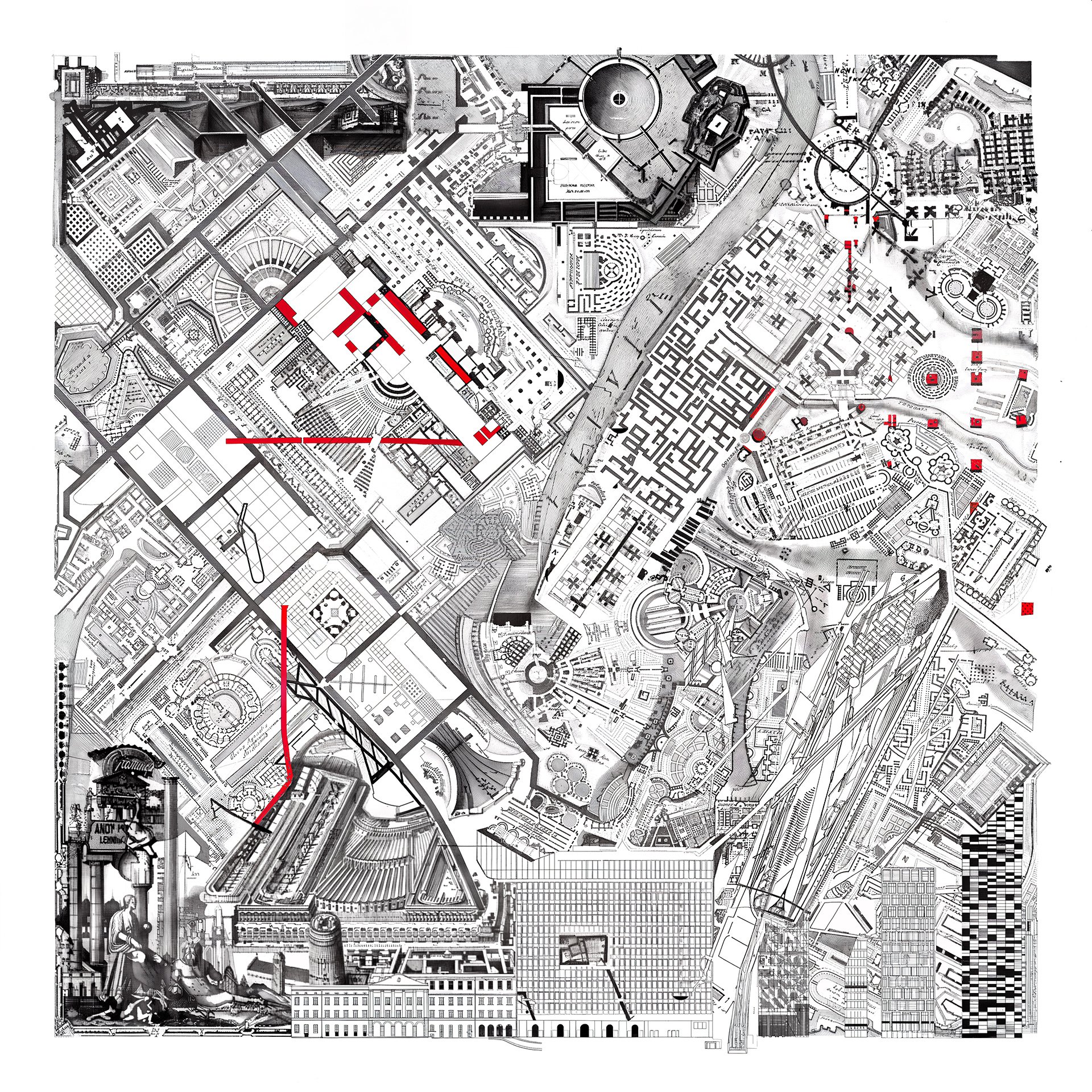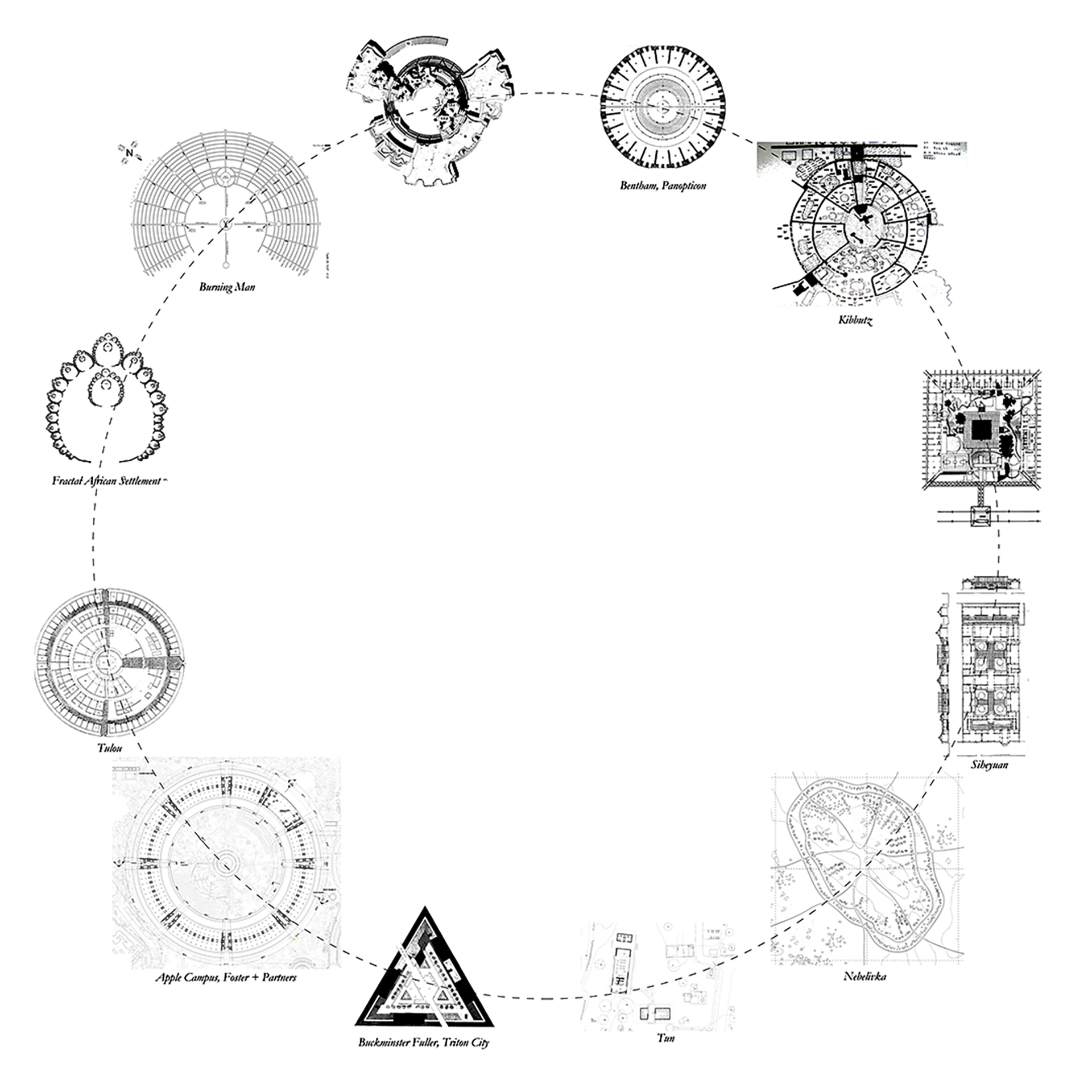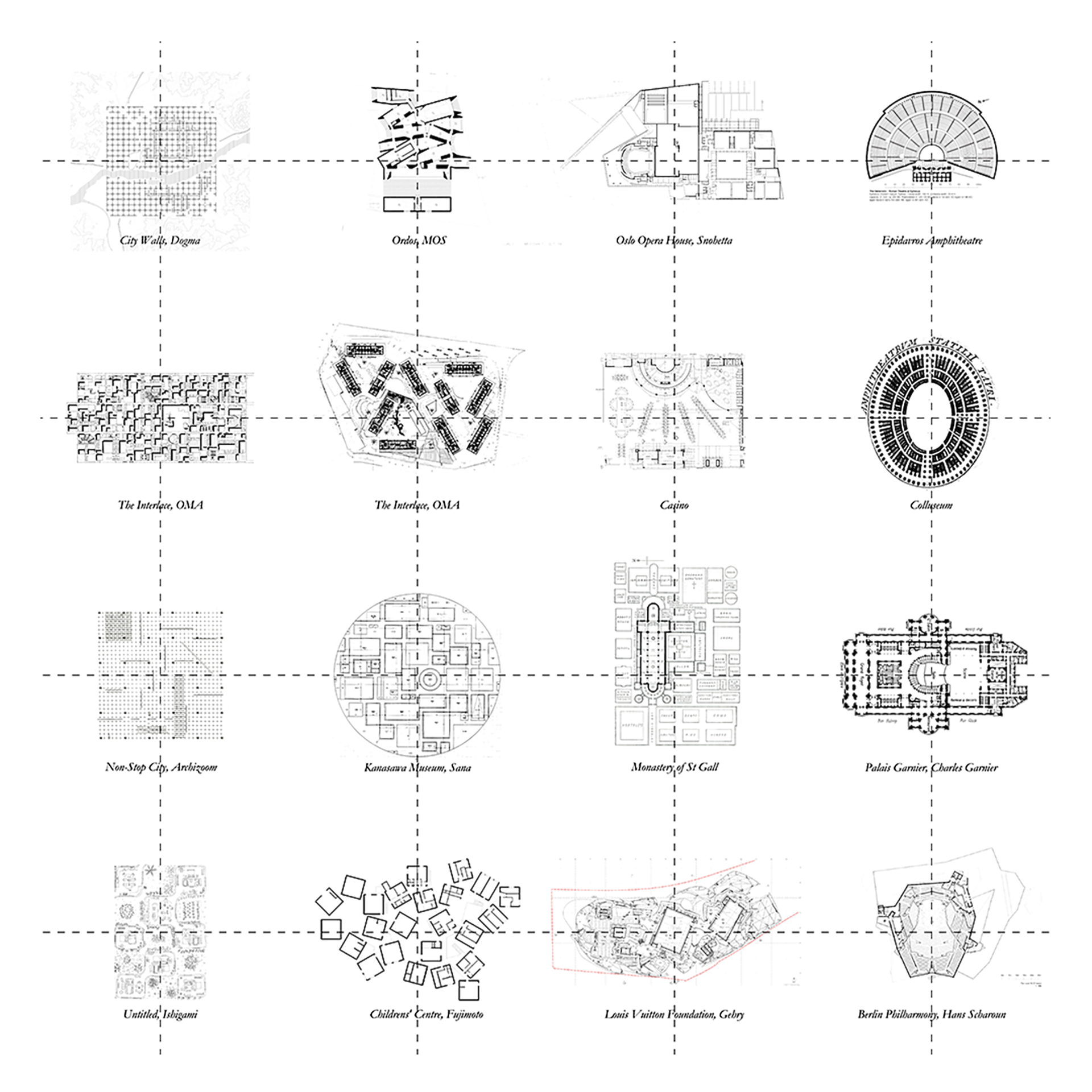SMOOTH COLLAGE
AI tools will transform architectural thinking: It uses past designs, like collage of the Post-modern architects of the 70’s, but hiding seams.
Fifth Year Project, Architectural Association 2022/2023
Tutors: Maria Fedorchenko
How AI will change Architectural thinking
All design tools influence the design outcome: Classical architecture was developed alongside the printing press allowing for widespread distribution of rules and ornaments creating a universal style across Europe. Modernists adopted the drawing tool of machine engineers such as axonometric projection creating machines for living. Post-modernist architects of the 70’s used collage resulting in architecture that combined disparate elements. My video walks though this history and speculates on how AI will work.


AI tools are poised to revolutionize architectural thinking by reshaping how we conceptualize and create designs. These tools, particularly those that generate images, operate in a manner reminiscent of the collages used by postmodern architects in the 1970s, but with a crucial difference—they hide the seams. This approach can be understood through the concept of the "smooth collage," a term that encapsulates how AI generates new architectural forms by blending past designs into a seamless whole.
Historically, tools have always influenced architectural styles. For instance, the transition from vernacular architecture, which evolved organically without predefined plans, to neoclassical architecture, which relied on precise drawing techniques, illustrates how different tools lead to different forms and aesthetics. AI is no different in this regard. However, its impact lies in its ability to create a collage not by juxtaposing diverse elements with visible edges, but by synthesizing them into a coherent, unified design. This process mirrors how AI uses vast datasets of images to generate new designs. By analyzing and combining various parameters—such as color, shape, and texture—AI can produce designs that seamlessly integrate elements from different architectural styles, creating a "latent city" where the boundaries between past and present, or between different cultural influences, are obscured.
The smooth collage created by AI differs from the postmodern approach, which celebrated the contrasts and tensions between different architectural elements. In contrast, AI-generated designs often lack the clear seams that expose the complexities and contradictions inherent in human history and culture. This smoothness can create a seductive coherence, appealing to those who favor visual consistency, much like the uniformity found in the architectural heritage of cities like Paris or the fantasy worlds of video games. However, this same smoothness may also obscure the historical and ideological richness that gives depth to our built environment.
The challenge, therefore, lies in balancing this smoothness with an awareness of the complexities that it might conceal. As AI continues to develop, architects will need to critically engage with these tools, considering not only the aesthetic appeal of the designs they produce but also the potential loss of the rich, textured history that traditional architectural collages have always sought to highlight.





